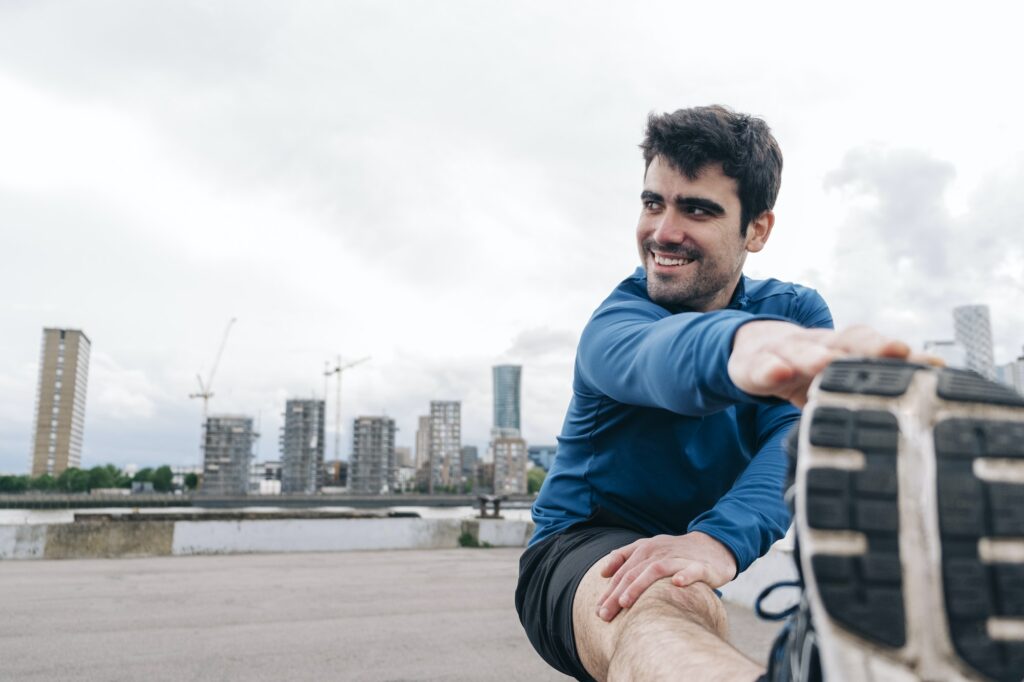Thoracic facet joint pain is a condition that affects the joints connecting the vertebrae in the middle and upper back.
These joints play a crucial role in supporting the spine and enabling movement. However, when inflammation or injury occurs, they can become a source of pain and discomfort.
The thoracic facet joints are located in the back of the spine and connect adjacent vertebrae. Each joint is made up of two bony surfaces covered in cartilage, as well as a capsule filled with synovial fluid. These structures work together to allow for smooth movement and cushioning between the vertebrae.
When the facet joints become inflamed due to wear and tear or injury, it can result in pain and stiffness in the middle or upper back.
Several factors can contribute to the development of thoracic facet joint pain. These include:
Individuals who engage in activities that place increased stress on the spine, such as heavy lifting or sports, may also be at a higher risk for developing thoracic facet joint pain.
The most common symptom of thoracic facet joint pain is localized pain and stiffness in the upper back. This pain may be aggravated by certain activities or positions, such as twisting or bending. Pain may also be referred to other areas of the body, such as the chest or arms.
Other symptoms may include:
If you are experiencing any of these symptoms, speaking with a healthcare professional to determine the underlying cause and appropriate treatment options is important.

Thoracic facet joint pain is typically felt in the upper back, between the shoulder blades. The pain may be constant or intermittent and may worsen with certain movements or activities. In addition to upper back pain, other symptoms of thoracic facet joint pain may include:
In some cases, it may also cause referred pain in other areas of the body, such as the hips or legs. It is important to consult with a healthcare professional if you are experiencing any of these symptoms.
Several treatment options are available, ranging from conservative approaches to more invasive procedures. The treatment choice will depend on the severity of the pain, the underlying cause, and the individual’s medical history.

It is important to consult with a healthcare professional before pursuing any treatment options for thoracic facet joint pain. They can help recommend the best course of action and ensure proper diagnosis and treatment of the underlying cause of the pain.
While there is no definitive cure, a variety of strategies can help manage symptoms and improve quality of life. Here are some expert tips:

Physical activity is crucial for maintaining spinal health and flexibility. However, choosing low-impact exercises that don’t exacerbate pain is important. Walking, swimming, and cycling are all great options, as are gentle stretching routines.
Poor posture and ergonomics can contribute to thoracic facet joint pain. When sitting, make sure your feet are flat on the floor, your back is straight, and your shoulders are relaxed. Avoid hunching over your desk or slouching on the couch.
Hot and cold therapy can provide relief for thoracic facet joint pain. Applying a warm compress or a warm bath can help relax tense muscles and ease pain. Conversely, an ice pack can help reduce inflammation and numb pain.
Nonsteroidal anti-inflammatory drugs (NSAIDs) like ibuprofen can help to reduce swelling and alleviate pain. Always follow the recommended dosage, and avoid taking these medications for prolonged periods of time.
Stress and anxiety can exacerbate thoracic facet joint pain. Relaxation techniques like deep breathing, yoga, and meditation can help alleviate body tension and promote a sense of calm.
Physical therapy can be effective for managing thoracic facet joint pain. A trained physical therapist can create a personalised exercise program and provide valuable guidance on posture, ergonomics, and other lifestyle factors that affect spinal health.
Thoracic facet joint pain is a condition that involves inflammation and/or degeneration of the facet joints in the thoracic spine, which can cause pain and discomfort.